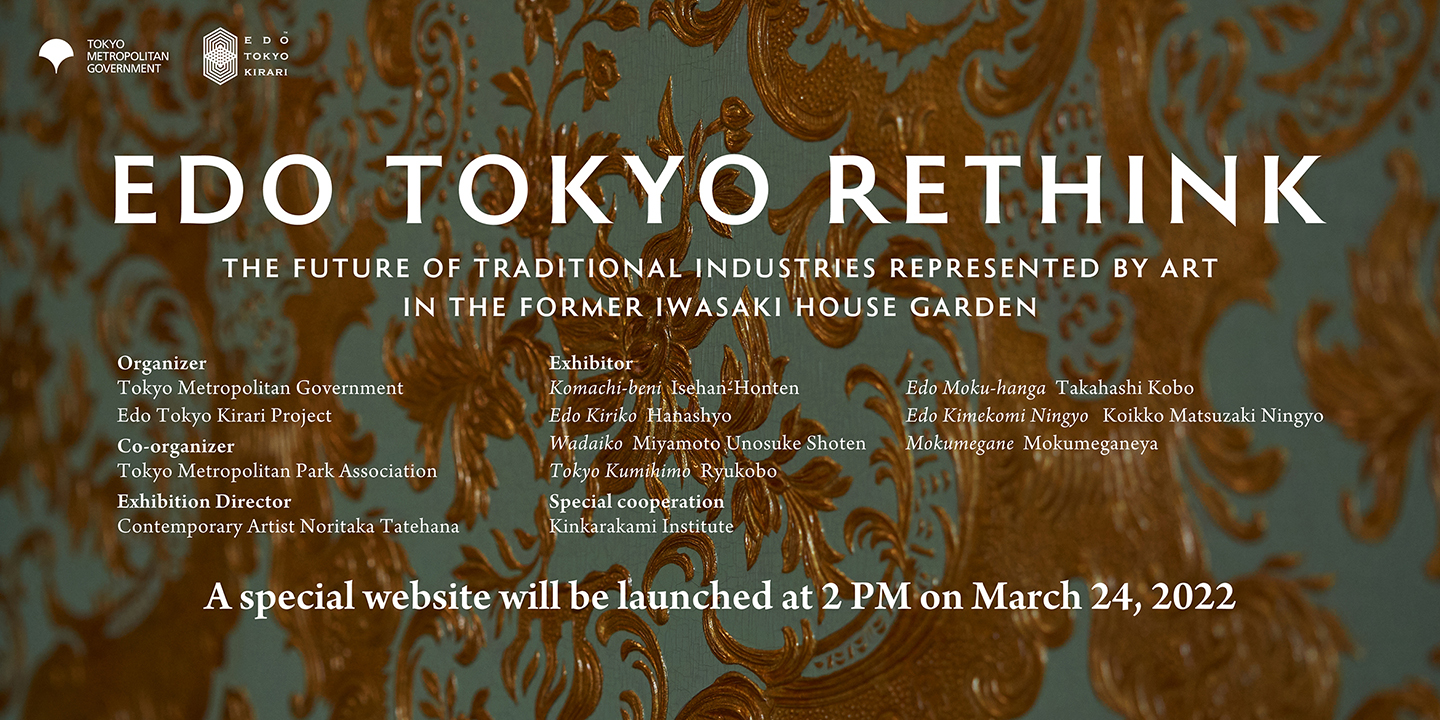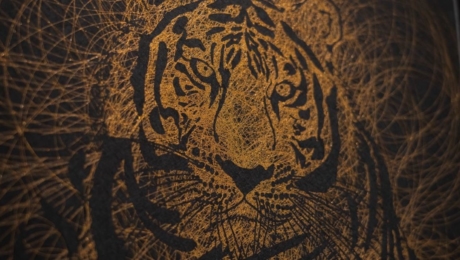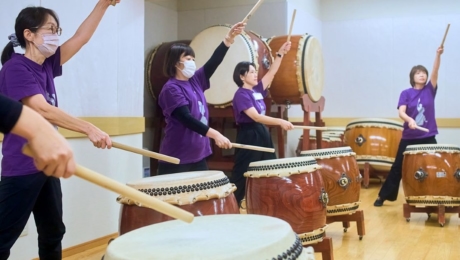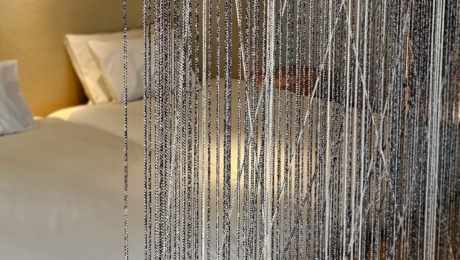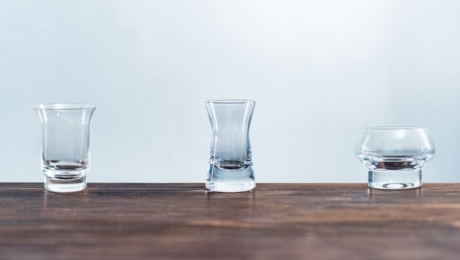
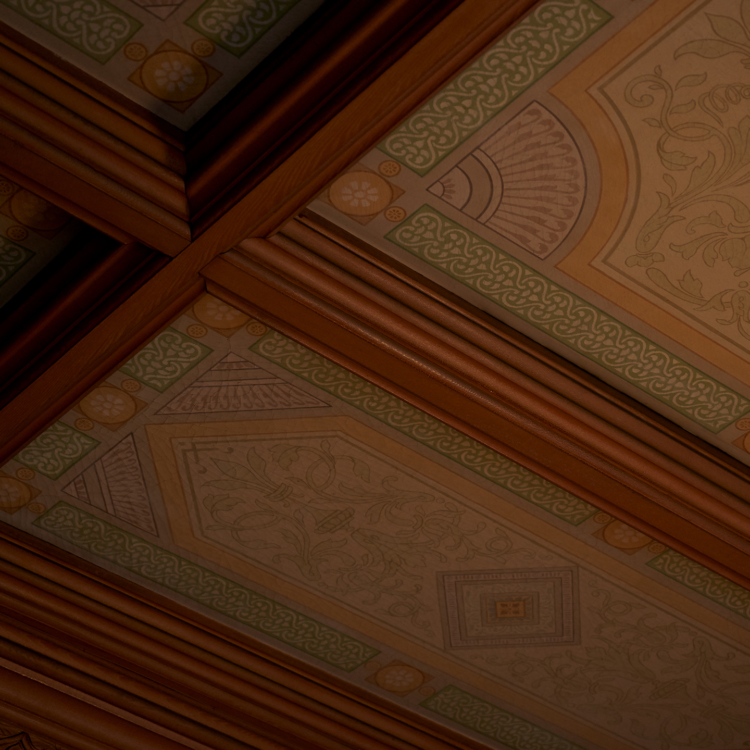
【Edo Tokyo Rethink】The Former Iwasaki House Garden: The Harmony of Tradition and Innovation, Intertwined
2022.03.18
LIFE
The stage for the 2022 EDO TOKYO RETHINK exhibition will be the Important Cultural Property, the Former Iwasaki House Garden. The Western-style buildings, which finished construction in 1896, were built as the main residence of Hisaya Iwasaki, Mitsubishi’s third president and eldest son of the company’s founder, Yatarō Iwasaki. Mitsubishi’s founder and the company’s third president.
The buildings’ blueprints were designed by Josiah Conder, known as the father of modern Japanese architecture. Conder contributed greatly to the culture of Japanese architecture during the Meiji Period, working on buildings including Mitsubishi Ichigokan, the Rokumeikan, and the Tokyo National Museum’s Honkan(Japanese Gallery).
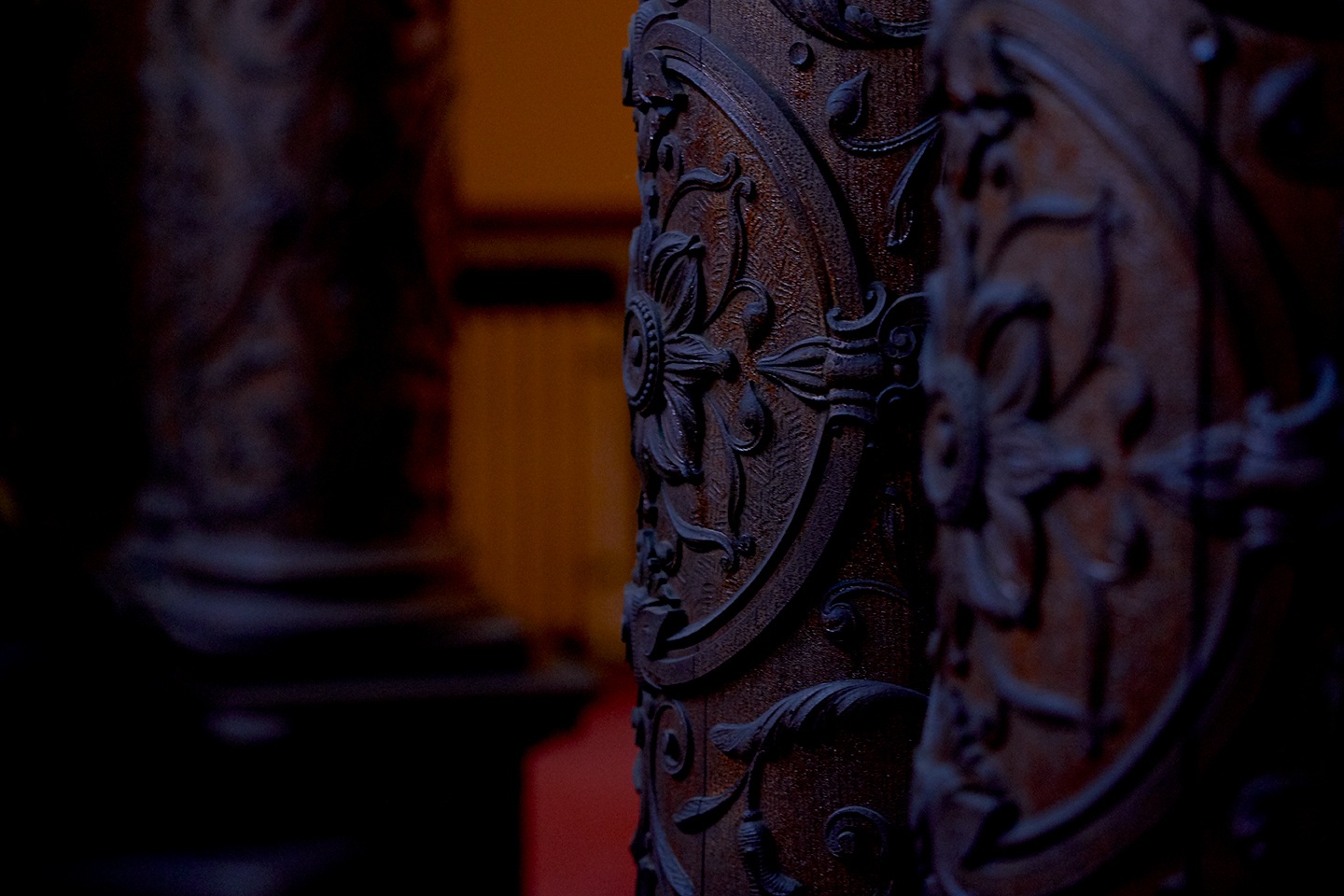
The wooden Western-style building, based on Jacobian designs which were popular in Conder’s home-country of England during the 17th Century, also has Japanese motifs such as silk Japanese embroidery and Kinkarakawashi wallpaper. Designs drawing from other cultures also include Islamic motifs, seen in the entrance tiles and women’s guest room.
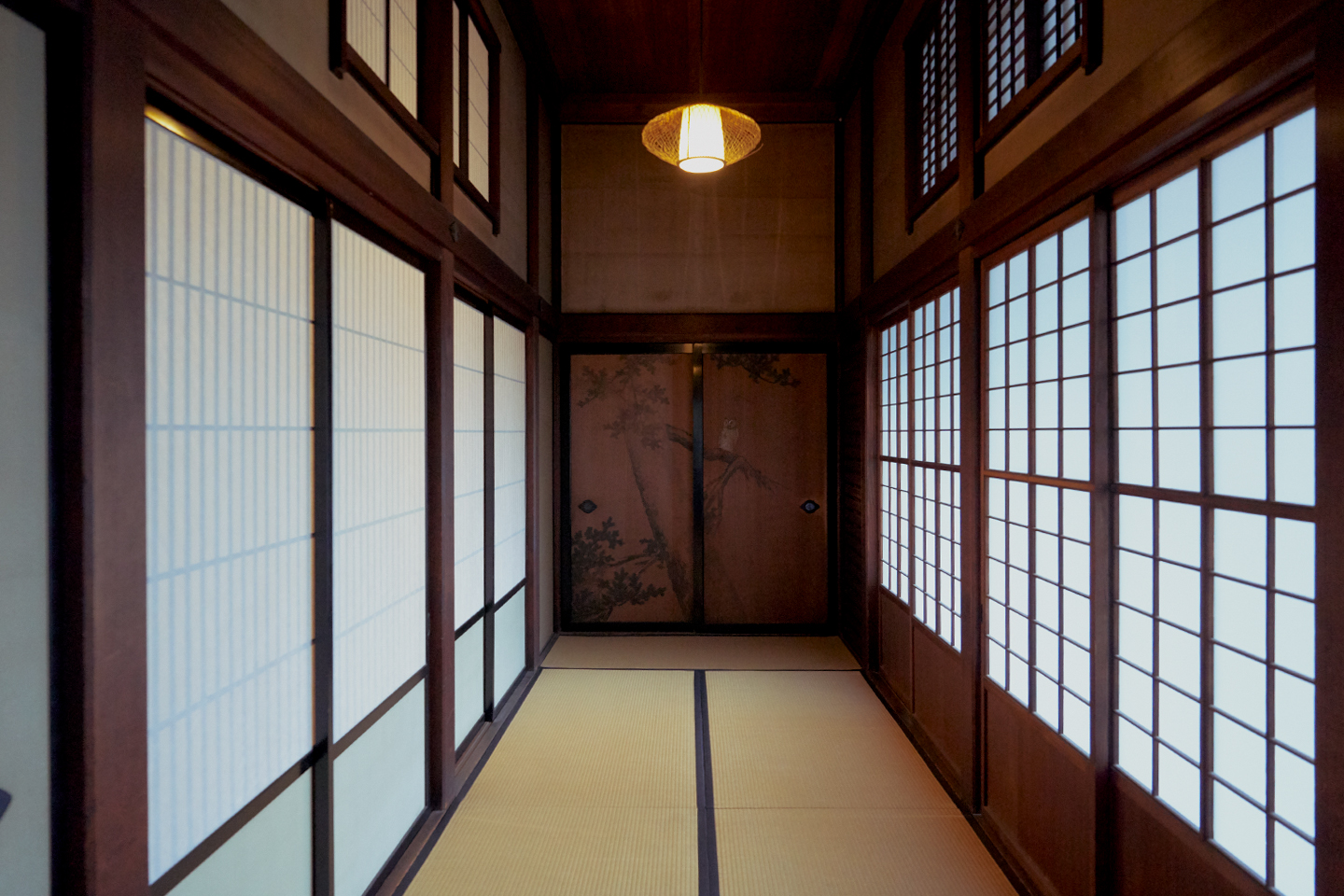
“It is said that at the time, the Iwasaki family children and their friends would gather in the garden and play baseball and tag, while celebrations for seasonal festivals would be held in the Japanese-style buildings. After World War II, the estate was confiscated by the Supreme Commander for the Allied Powers(GHQ), and later used as a theological school before finally being returned. Afterwards, for a while, it was even used by the Judicial Research and Training Institute of the Supreme Court. During the 1960s, the buildings were recognized as being representative of noble residences during the Meiji Period. Starting with the Western-style buildings, the billiards building, fences, and the large guest gathering room in Japanese-style building were designated as Important Cultural Properties. Finally in 1999, the entire plot of land and survey drawings were also designated as Important Cultural Properties.”
These are the words of Yumi Suzuki, director of the Former Iwasaki House Garden Service Center. They also spoke on the upcoming exhibition.
“While the blueprints were designed by a British architect, the buildings themselves were built by Japanese artisans. The buildings as a whole are like works of art. The feeling of stepping into Former Iwasaki House Garden is one of stepping back in time. I hope that attendees will sense the harmony between this experience as it intertwines with the traditional Edo crafts of the past and innovative works of art presented in this space.”
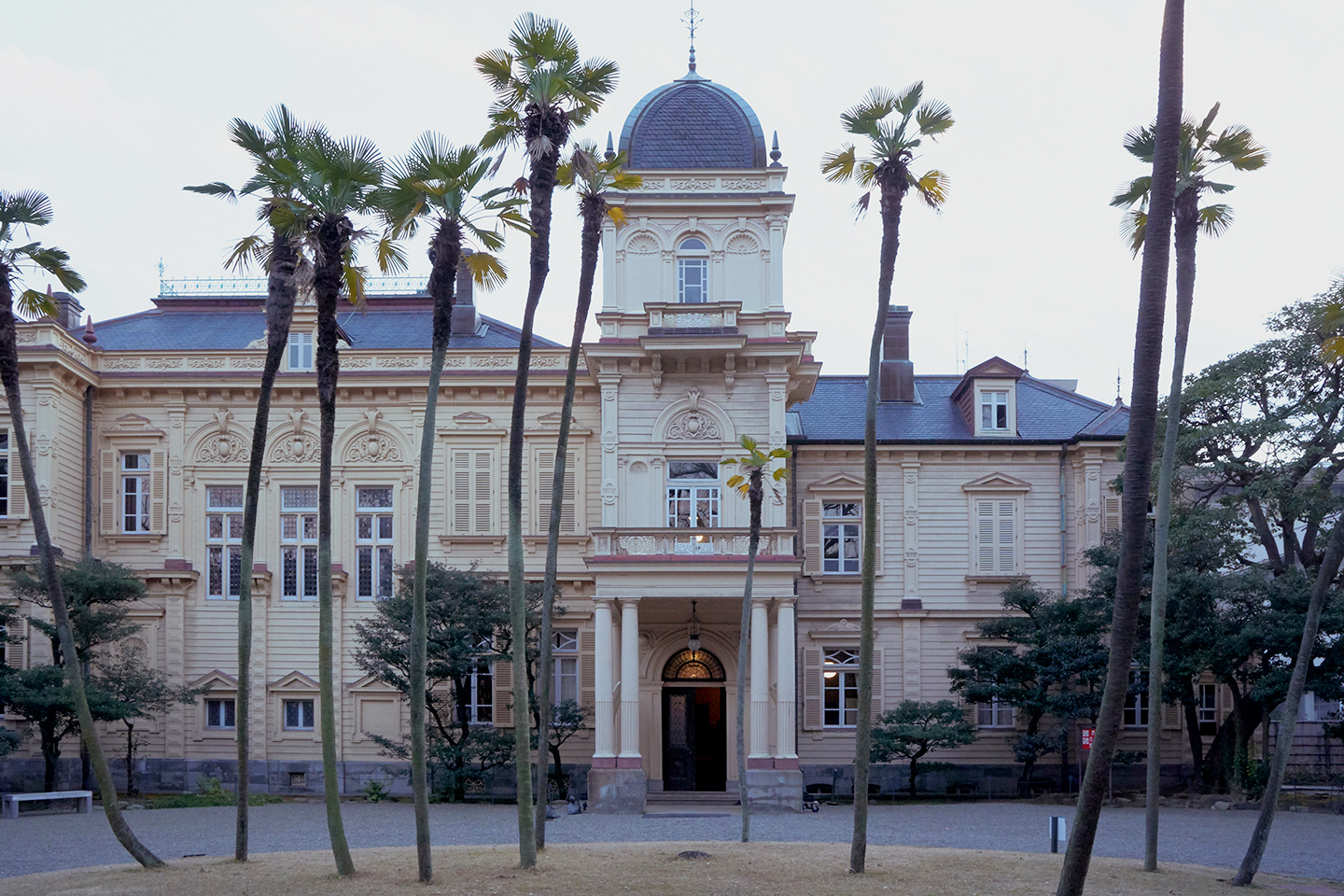
Photo by Satomi Yamauchi
*All necessary safety precautions were taken during the interview as part of COVID-19 prevention.
Online Exhibition Outline
Exhibition Title: Edo Tokyo Rethink -The Future of Traditional Industries Represented by Art in the Former Iwasaki House Garden-
Exhibition Period: March 24, 2022 (Thu) 14:00 – March 31, 2022 (Thu)
*The exhibition will be available for viewing as an archive at the same URL even after the online exhibition ends.
Organizer: Tokyo Metropolitan Government, Edo-Tokyo Kirari Project
Co-organizer: Tokyo Metropolitan Park Association
